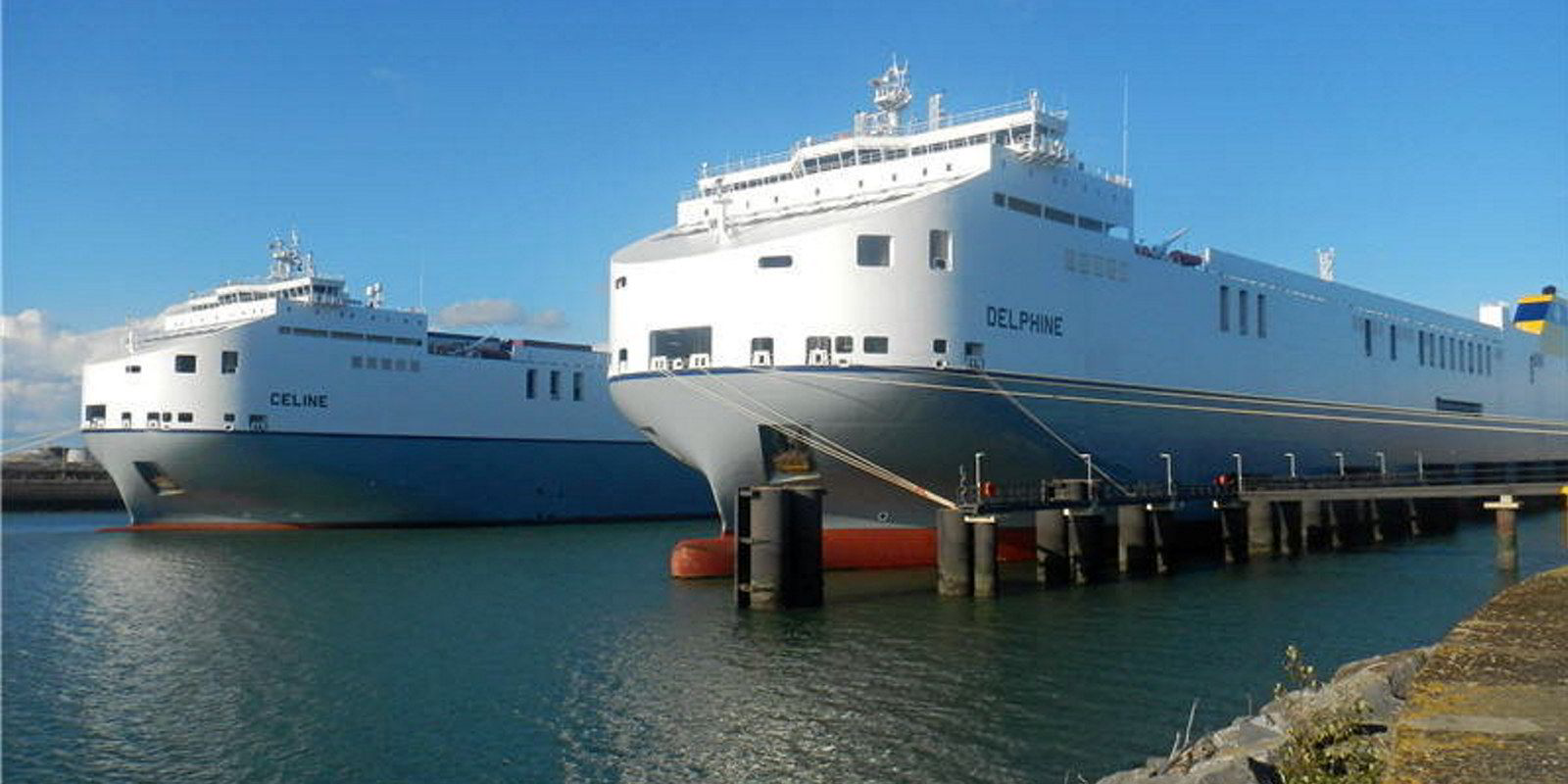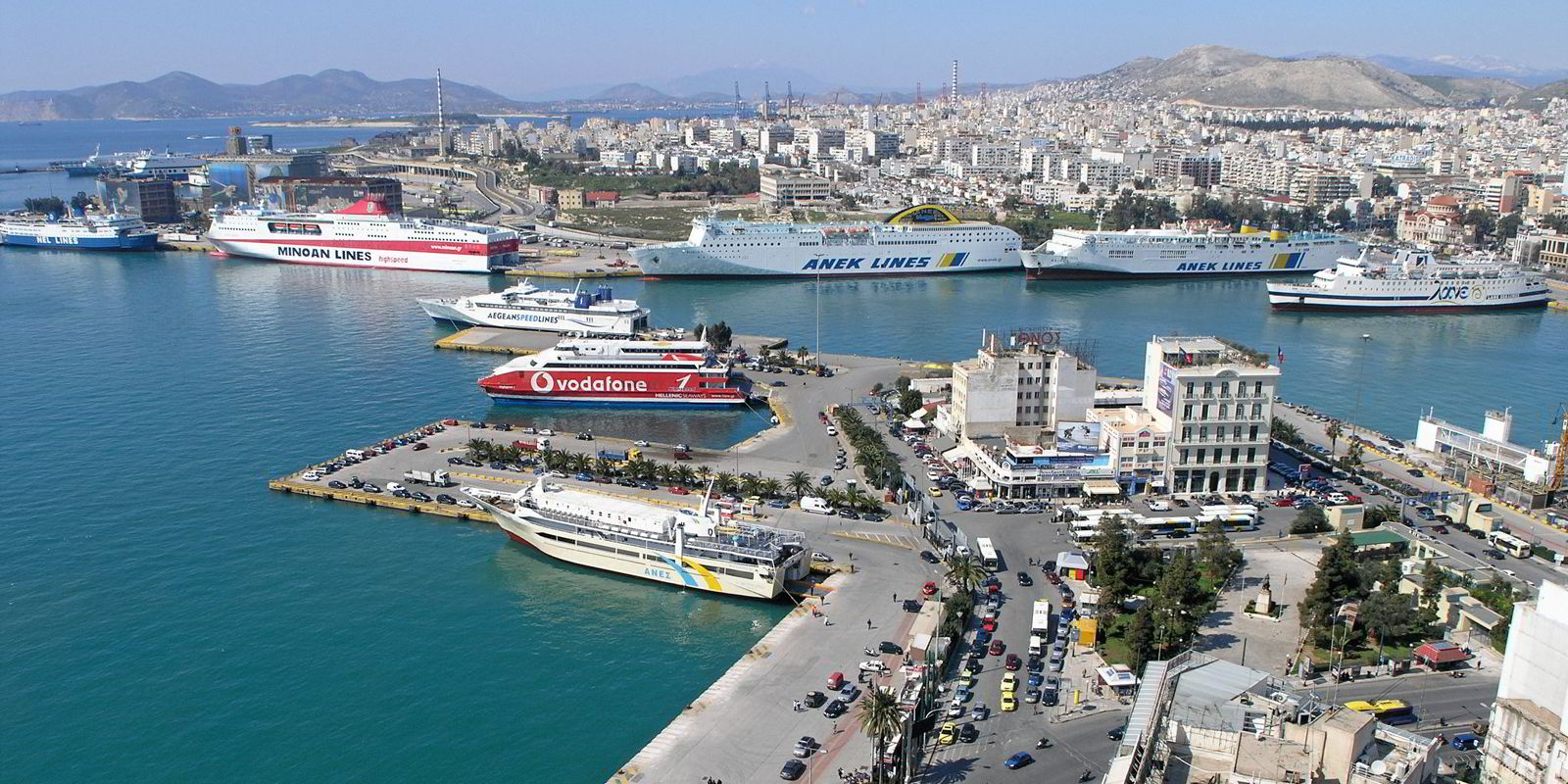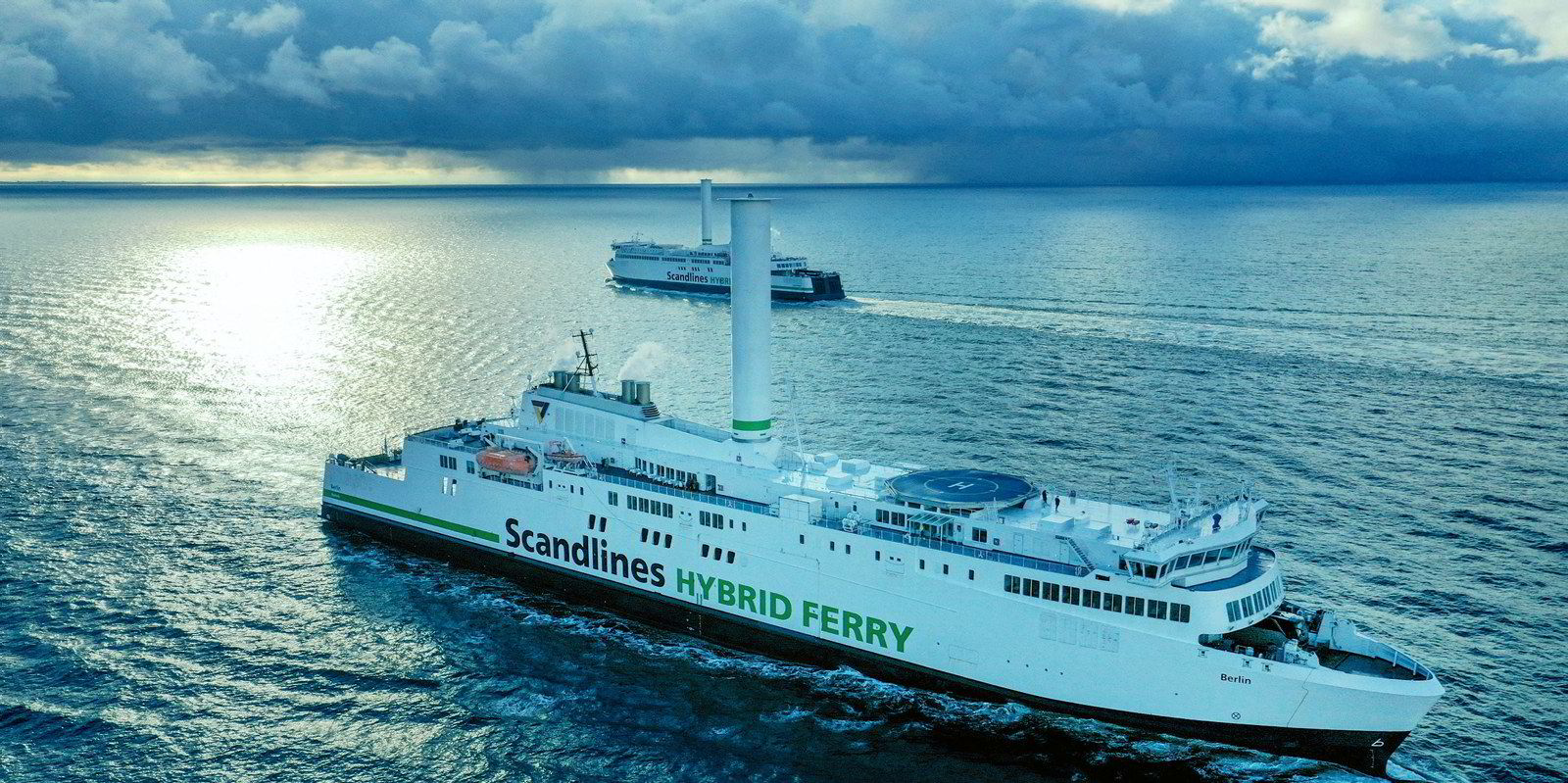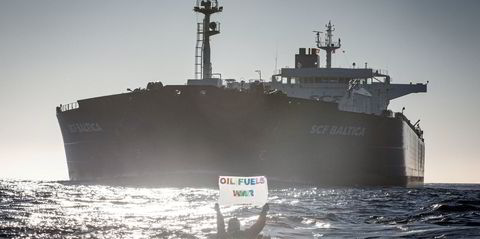As it renews its fleet with modern, low-carbon propulsion vessels, CLdN is selling its second-oldest ship to Greece.
The major European shortsea operator is fetching €13.4m ($14.6m) from a deal to offload the 23,986-dwt ro-ro Clementine (built 1997) to Attica Group.
Attica said in a stock exchange filing in Athens that it will take delivery of the vessel during the summer.
This is an interesting development for Greece’s biggest ferry company.
Attica’s fleet so far consisted of 32 ro-ro ships and catamarans carrying passengers, cars and trucks.
The Clementine will become the first Attica ship designed to carry just vehicles or other commercial cargo.
Dipping a toe into the pure cargo business is somewhat of a diversification move for Attica, a company that has acted as a consolidator in the Greek passenger ship sector.
Under the control of its major shareholder Piraeus Bank, Attica took the first step outside its core ferry business two years ago, when it bought a hotel on the Aegean island of Naxos. The acquisition of a second hotel followed last year, on the nearby island of Tinos.
Such diversification moves may be a precursor for a sale of Attica by Piraeus. The lender is already buying out minority Attica shareholders through an ongoing public offer Athens Stock Exchange.
A potential Attica sale is helped by underlying dynamics in the Greek economy. Following a severe downturn during the coronavirus pandemic, tourism in Greece has rebounded.
Attica, which carries tourists, residents and their cars to the islands, has benefitted handsomely.
The company on 30 March reported a net income of €17.1m for last year — a considerable improvement from the net losses of €13.2m and €49.4m it had accumulated in 2021 and 2020 respectively.
Such improved cash flows may not suffice to fund an expansion with state-of-the-art vessels, but it does support the acquisition of older ships, like CLdN’s Clementine.
Northern lights
The Clementine is possibly not the only ship CLdN disposed of this year. According to VesselsValue, the company sold in February the 23,235-gt ro-ro cargo ship Cadena 3 (built 2003) as well — to Mexico’s Baja Ferries for €21m.
Such transactions are not uncommon. Older ro-ro vessels no longer deemed good enough by their northern European owners often find willing buyers and new employment in southern waters.
In August 2022, Finland’s Viking Line offloaded the 34,400-gt ropax Amorella (renamed Mega Victoria, built 1988) to France’s Corsica Ferries for €19.1m.
Four months later the same seller announced an €11.25m deal for the 16,879-gt Rosella (built 1980), which is now trading as Anemos with Greece’s Aegean Sealines Maritime.
Such deals help sellers make space for more modern vessels entering their fleets.
CLdN, one of Europe’s biggest shortsea operators with about 30 ro-ro ships, has taken eight new vessels into service since 2017 — all ready to be converted for LNG propulsion.
These include the 74,273-gt Celine and Delphine (built 2017 and 2018 respectively), the two biggest shortsea ro-ro ferries in the world.
In another forward-looking move, CLdN recently installed tilting wind propulsion rotor sails on the Delphine.
The Belgium- and Luxembourg-based company has two more newbuildings under construction, which are due for delivery from Hyundai Mipo Dockyards (HMD) in 2025.







